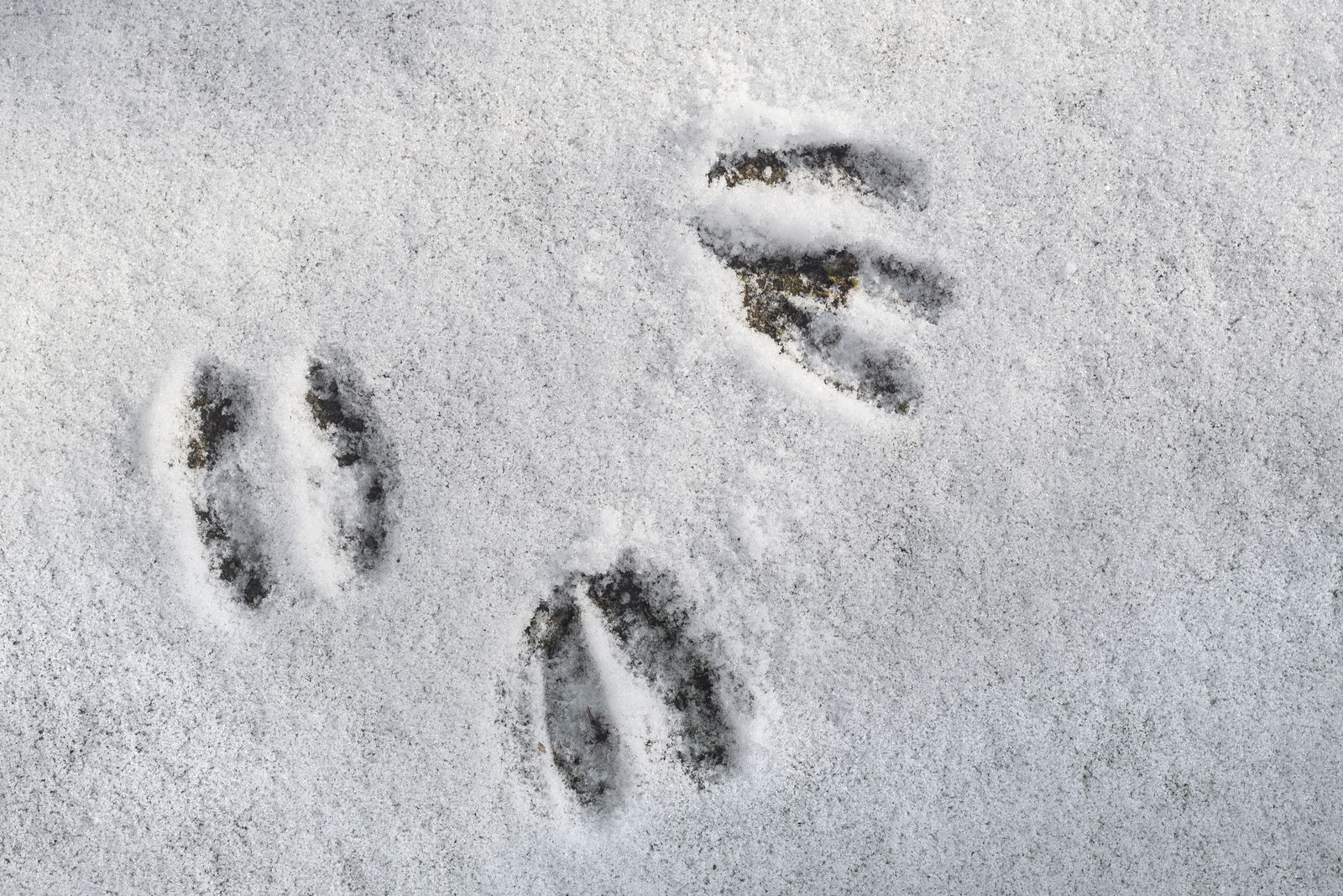NATURE WALK: Look for footprints in snow

By My Courier-Tribune
The Missouri Department of Conservation encourages walking through the winter woods, especially for families. Fresh snow is the perfect blank canvas for seeing what animals have been up to. Snow or no snow, footprints and other clues left behind tell a story of how animals survive in winter.
At night, nocturnal animals emerge from their daytime shelters to forage or hunt for food and visit water sources. Ponds, creeks and even bird baths can be a reliable source of water— especially those with heaters that keep water from freezing. Following the footprints left behind can lead you to places these animals visit for warmth and protection during the day, like burrows, dens or tree cavities. You may also find scat or leftover scraps from a tasty snack your mystery animal enjoyed.
During the day, the gray squirrel is a very active animal in winter, visiting those same unfrozen water sources, feeding on seed below bird feeders and digging hole after hole searching for walnuts and acorns they had buried in the fall. Squirrels often leave shells from these nuts along with footprints in hopping patterns where they travel. Look for squirrels and the signs left behind such as deer paw prints.




